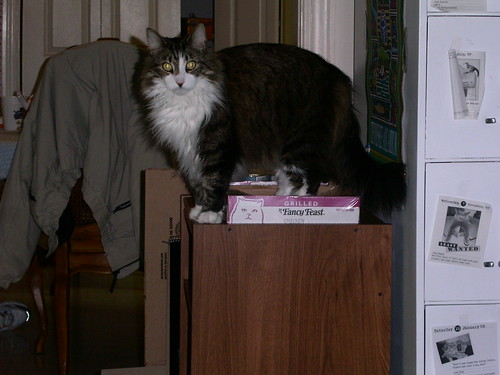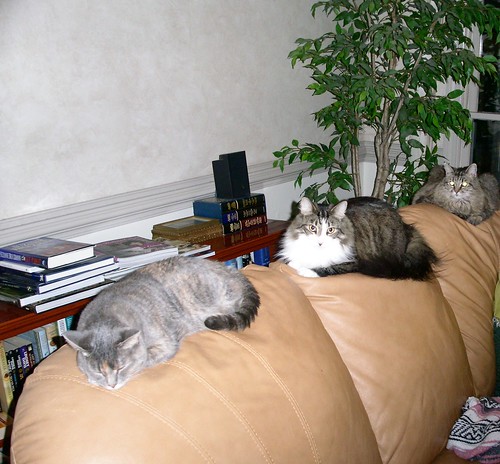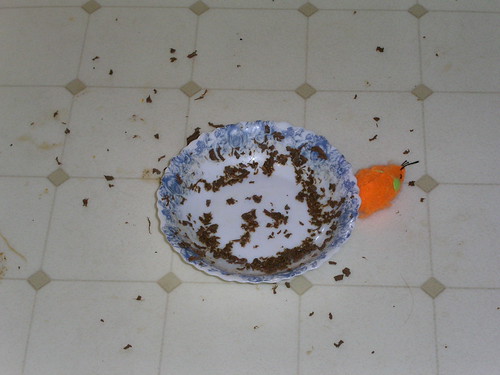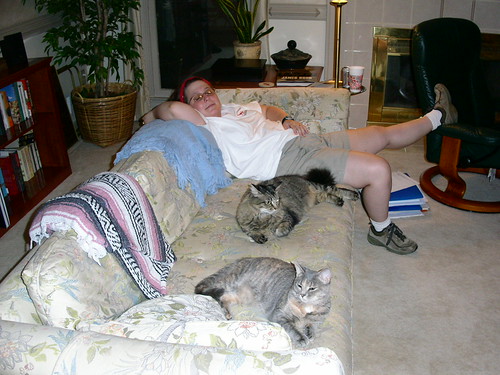What It Looks Like When Opposites Attract
Our big cat, Bailey, who is 13 years old, has an overactive thyroid and needs to take a pill twice a day. We disguise it in a little pill pocket, but whether or not she’ll actually eat it is anyone’s guess.
So yesterday morning she refused to have anything whatsoever to do with her medicine, which meant being constrained by my husband while he shoved the pill down her throat. But then last night, she gobbled up her pill like it was the best thing she had ever tasted.
I, being the artsy-fartsy, liberal arts student that I am, immediately began pondering out loud the complete randomness of her behavior, and how this was probably a significant, illustrative example of some kind of chaos theory.
But my husband, the engineer, disagreed. “Nah,” he said. “I prefer to think of it as that we don’t yet know all of her required parameters.”
Dear Pip
I just wanted to let you know how much I appreciated your contribution to my session with Lynne today. I’ve found that cat barf really helps me take things to a deeper level whenever I am in the middle of intense, self-healing work.
The Gateway To Hell
Even Rarer Than Halley’s Comet
Cat Math

(number of cats in house)x(number of rooms in house)x(number of hours cats are denied access to the bedroom where you are blissfully slumbering)
divided by
(number of cat food pellets left in food bowl that they’re willing to eat)
multiplied by
(level of feline agitation)
equals
amount of anxiety barf to which you will awaken in the morning
This Explains So Much
An Offering To The Gods Of Canned Food
Crazy Cat Lady Alert
The Subjunctive Mood: A Brief Primer
Yesterday I was working with a tutoring client, and we were discussing the subjunctive mood. We don’t really use the subjunctive in English, but an example of its use would be in the phrase, “If I were you…” (I will never be you, so I use the subjunctive to show that I am discussing something that is contrary to fact. As opposed to the indicative mood, which describes things that are factual, actual, and true.)
One of the main uses of the subjunctive in Spanish is to describe situations in which you cannot control the outcome. And as the words were leaving my mouth, Bailey, the big cat, galloped through my office and leaped on the top of my chair.
“Like that,” I said, gesturing to the wild-eyed animal looming next to us. “I can’t control that.”
“Oh,” replied my client, herself a cat owner, “cats are living, breathing subjunctive. Dogs are indicative, but cats are subjunctive.”




